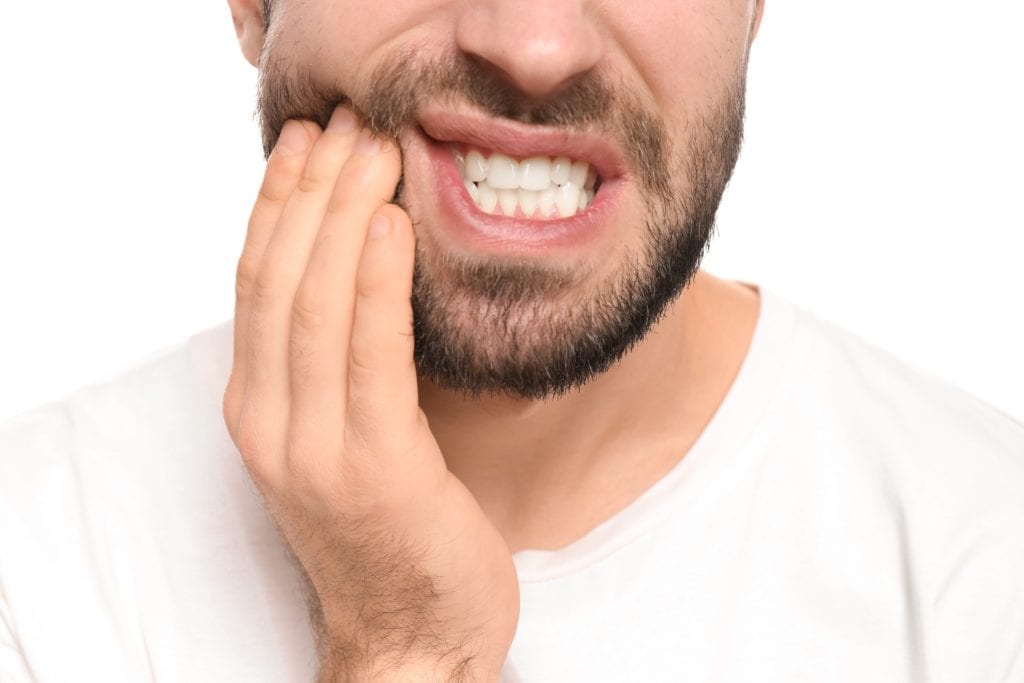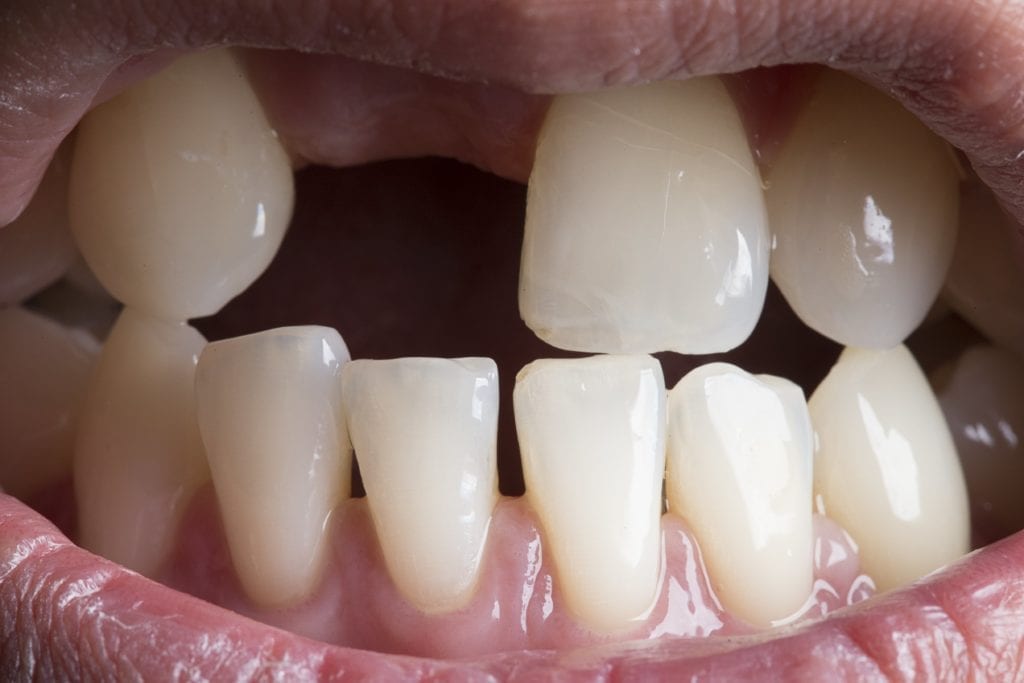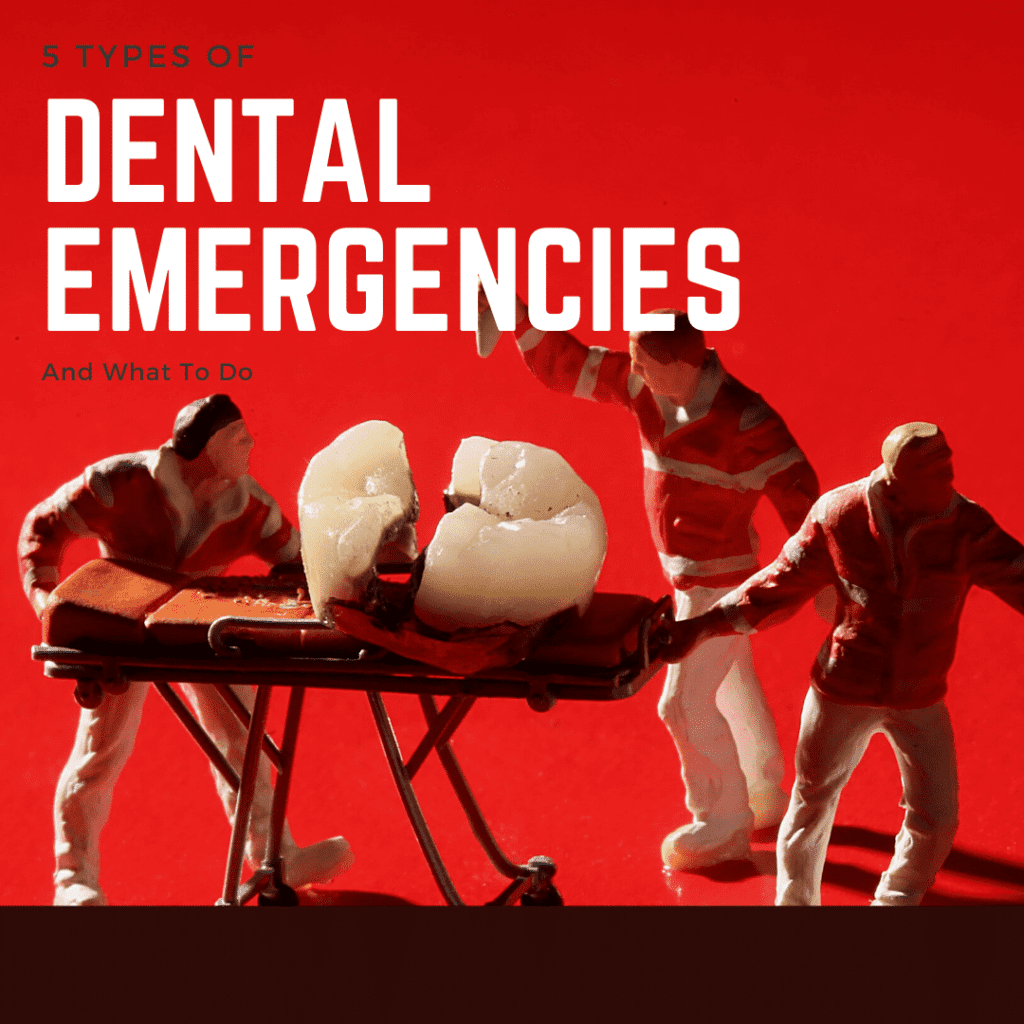Just like other types of emergencies, dental emergencies can happen at any time. However, unlike other types of emergencies, you will want to visit your dentist and not the emergency room. In fact, emergency rooms are not properly equipped to deal with dental emergencies and will be unable to provide you the care you need. Beyond giving you something for the pain, there is not much else that emergency medical staff will be able to do in the case of a dental emergency.
Luckily, your Kamloops dentist offers our patients emergency dental services. These services are intended to quickly and effectively resolve a variety of dental emergencies. To make sure that they are available to take dental emergencies, most emergency dental offices reserve time in their schedule so that they can accommodate patients that need immediate care. Depending on the type of dental emergency, this usually allows for same-day appointments or the day after.
While there is a variety of things that can be considered a dental emergency, here are five of the most common dental emergencies:
- Toothaches
- Damaged Teeth
- Loose or Knocked Out Teeth
- Soft Tissue Injury
- Missing or Loose Dental Restoration
Although these are the most common dental emergencies, if you feel that you may be experiencing a different type of dental emergency, it is important to call your dentist to determine if emergency dental care is needed.
Until you can be seen by your Kamloops emergency dentist you may need to take a few steps yourself to manage your dental emergency. Some of these steps can help with pain management, while others can actually improve your treatment outcomes. Ultimately, having a basic understanding of what to do during a dental emergency can be immensely beneficial. Here is what to do in the case of these common dental emergencies:
Toothaches

Toothaches, or tooth pain, can have a variety of causes. Two of the most common causes of tooth pain include something wedged between the teeth and pulp infections. Therefore, your first step should be to floss and see if you discover anything between the teeth. However, cases where the tooth pain comes on suddenly, is intense, or progressively gets worse, could indicate a pulp infection. After making an appointment with your dentist, using a cold compress can help relieve pain. You should also abstain from taking pain medications, unless directed by your dentist.
Soft Tissue Injury
Soft tissues of the mouth include your lips, gums, inner cheeks, and tongue. This is one type of dental emergency that may require a trip to the emergency room. However, it is recommended to call your dentist first to determine if an emergency dentist would be better for the type of injury. In the meantime, you will want to rinse any lacerations, punctures, or tears with warm water and then apply gentle pressure to cease any bleeding.
Damaged Teeth
Teeth can fracture or chip while eating hard foods, using your teeth for things besides chewing, during an accident, or from teeth grinding/clenching. Regardless of the cause, a damaged tooth will need to be repaired by your dentist as soon as possible to minimize the risk of additional complications. In the case that your tooth has been chipped, be sure to gather any tooth fragments and store them in a glass of milk or water. You will then take these fragments with you to your dental appointment.
Loose or Knocked Out Teeth

Just as teeth can become damaged from a variety of causes, they can also become loose or even fall out. Loose or knocked out teeth both warrant an emergency dental appointment. In the meantime, you should manage loose teeth by gently biting down on the affected tooth to keep it in the socket. For knocked out teeth, you will want to locate the tooth and take care to only handle it by the crown. After rinsing the tooth, you can store it in a glass of milk or water until your appointment.
Missing or Loose Dental Restoration
Finally, it is possible for both temporary and permanent dental restorations to become loose or even fall out. While this most commonly happens with temporary restorations that are much weaker than permanent restorations, older permanent restorations needing replacement have also been known to become loose or fall out. When a temporary restoration falls out, your dentist may recommend using vaseline, chapstick, or denture adhesive to temporarily keep it in place. You may also do this for a permanent restoration, however you will also need to have the restoration replaced.

Dr. Admar holds dual certificates — a Bachelor of Dental Surgery (BDS) in 2010 from India and a Doctor of Dental Surgery (DDS) in 2014 from Canada. He is now a full time practicing dentist in Kamloops where he provides a variety of services, including emergency dentistry. Dr. Admar spends hundreds of hours in continued dental education to stay up to date in cosmetic and implant dentistry and he has achieved several advanced qualifications.


